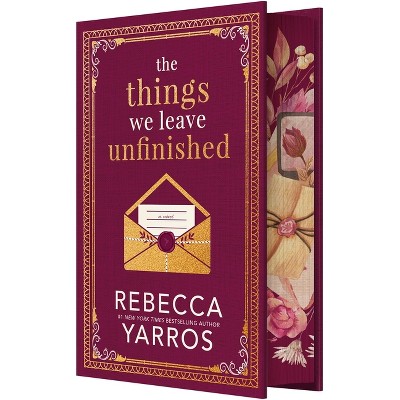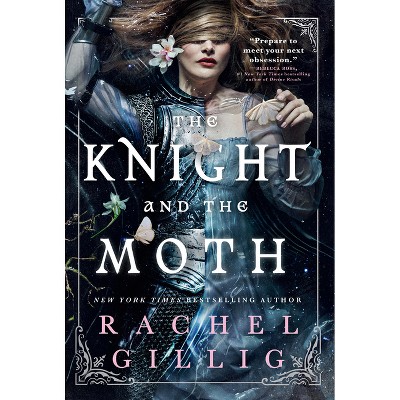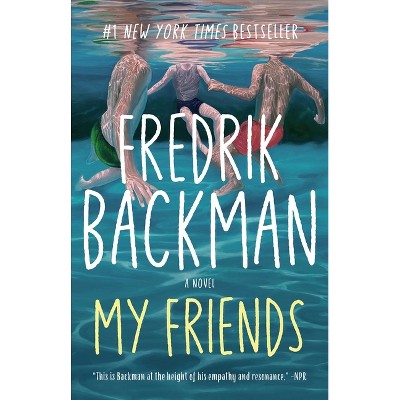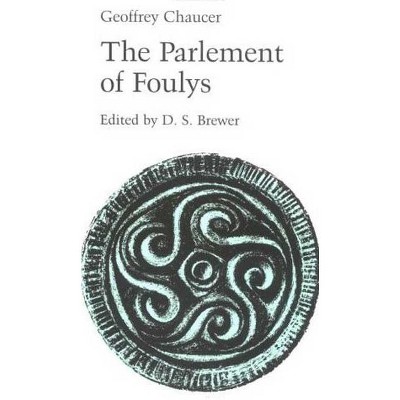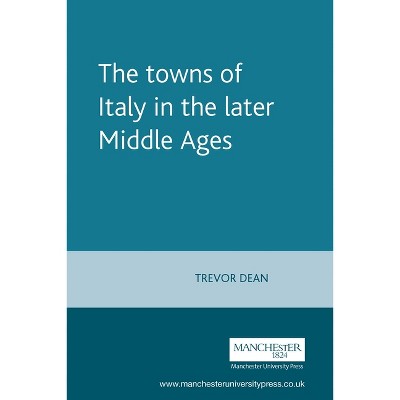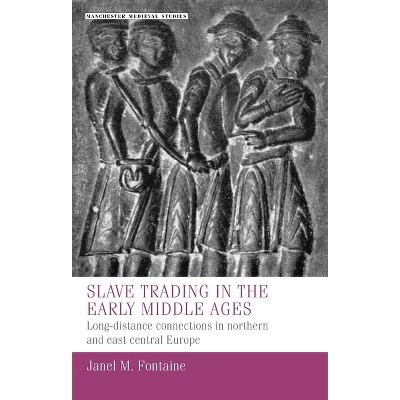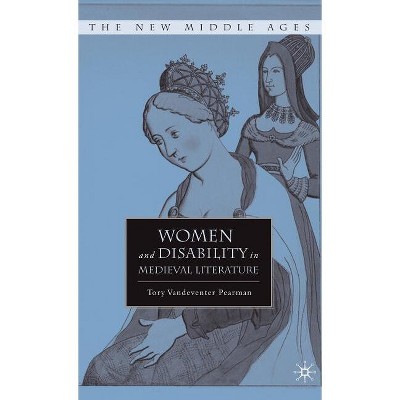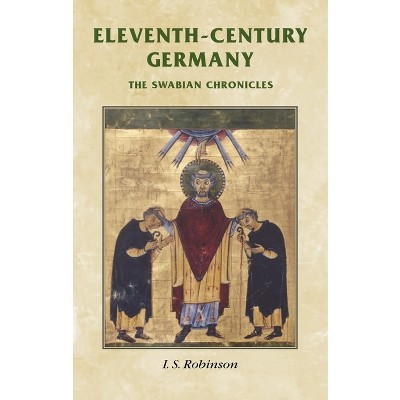Sponsored

Approaches to Emotion in Middle English Literature - (Manchester Medieval Literature and Culture) by Carolyne Larrington
In Stock
Sponsored
About this item
Highlights
- Over the last twenty-five years, the 'history of emotion' field has become one of the most dynamic and productive areas for humanities research.
- About the Author: Carolyne Larrington is Emerita Professor of Medieval European Literature at the University of Oxford
- 336 Pages
- Literary Criticism, Medieval
- Series Name: Manchester Medieval Literature and Culture
Description
About the Book
A significant new account of emotion in Middle English literature, proposing key methodologies for the analysis of feeling and affect in literary texts. It shows how contemporary audiences learned to understand emotion in themselves and others, through empathetic response, the development of fictionality and the emergence of interiority.Book Synopsis
Over the last twenty-five years, the 'history of emotion' field has become one of the most dynamic and productive areas for humanities research. This designation, and the marked leadership of historians in the field, has had the unlooked-for consequence of sidelining literature -- in particular secular literature -- as evidence-source and object of emotion study. Secular literature, whether fable, novel, fantasy or romance, has been understood as prone to exaggeration, hyperbole, and thus as an unreliable indicator of the emotions of the past.
The aim of this book is to decentre history of emotion research and asks new questions, ones that can be answered by literary scholars, using literary texts as sources: how do literary texts understand and depict emotion and, crucially, how do they generate emotion in their audiences -- those who read them or hear them read or performed?From the Back Cover
This groundbreaking book explores key methods for investigating emotions in medieval literary texts, drawing on psychological theory, research in the history of emotions and close critical reading to uncover the emotional repertoire in play in English literary culture between 1200-1500.
The book comprehensively illuminates medieval philosophical and physiological theorisations of emotion, closely bound up with cognitive processes. It investigates the changing lexis for emotion in Middle English, examining how translations from French affect the ways in which feelings are imagined and takes a detailed look at bodily affect, both involuntary displays and deliberate gesture, showing how performativity and performance become interlinked as more sophisticated models of selfhood emerge. Concepts of interiority and the public persona complicate the changing modes through which feeling is expressed. Literary texts are pre-eminently devices for producing emotion of various kinds; the book proposes new ways of tracing how authors built into their narratives techniques for eliciting feelings, and their emotional effects on audiences. By the end of the medieval period, two vital developments had expanded the possibility for varied and complex emotional expression in texts: the development of the long-form romance, encouraged by the advent of printing, and the concept of auto-fiction. New possibilities emerged for authors to write the emotional self. Through its comprehensive account of emotions in the medieval period, Approaches to emotion in Middle English literature explores how literary texts educated and informed their audiences about changing ways to be human in medieval England.Review Quotes
'This book is warmly recommended to anyone interested in the periodization of English literature, audience response and subjectivity and the emergence of the individual, as well as the study of emotions in literature.'
--The Medieval Review
--Stephanie Trigg, University of Melbourne 'The study of medieval emotions is a garden that continues to bloom lavishly, but it also bristles with theoretical concepts. Armed with Carolyne Larrington's new book, as with a stout pair of secateurs, the reader will find that the thistles can be plucked with the flowers. It is difficult to do justice to the many observations and ideas offered in this book.'
--Alice Jorgensen, Trinity College, Dublin
About the Author
Carolyne Larrington is Emerita Professor of Medieval European Literature at the University of OxfordShipping details
Return details
Trending Book Pre-Orders
